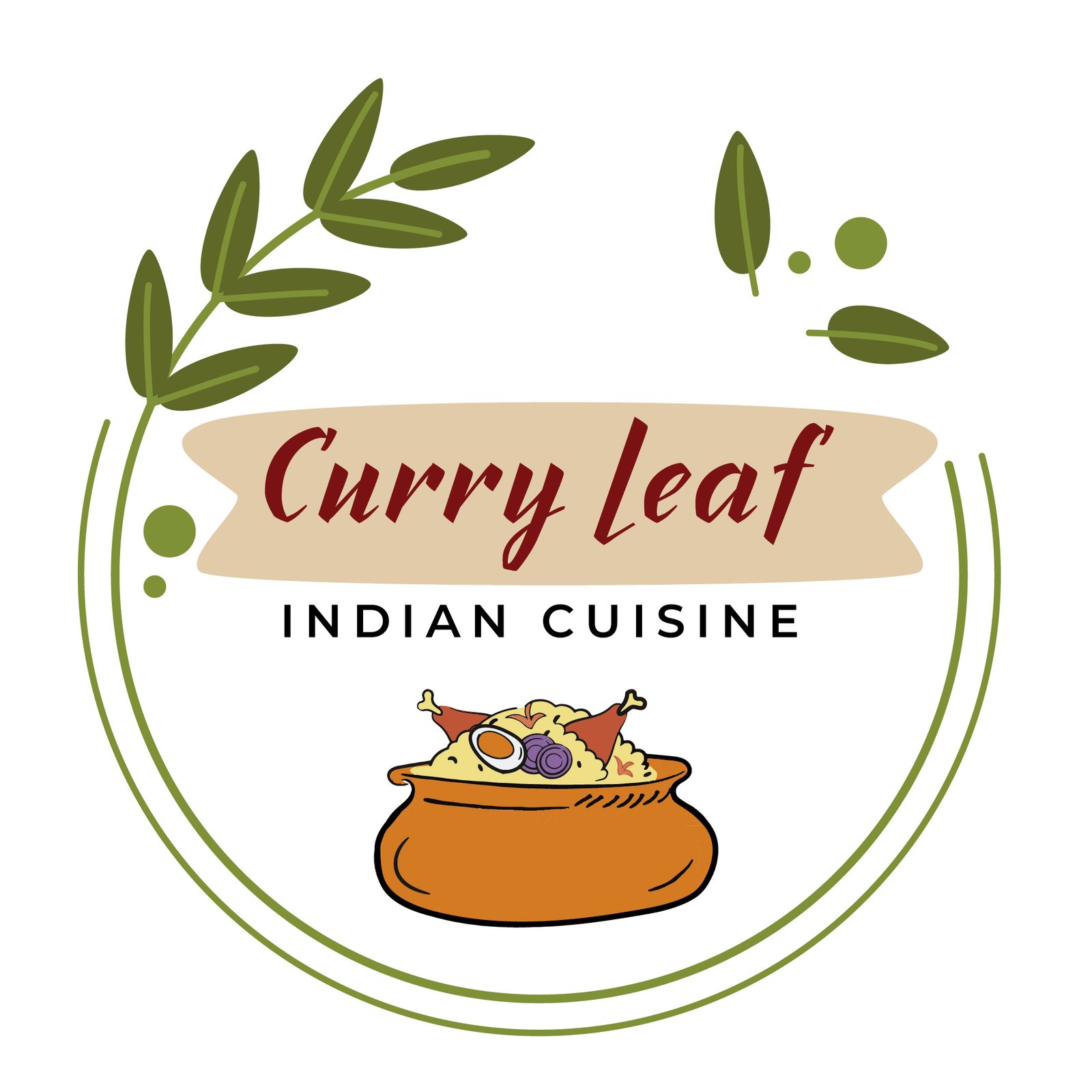A Culinary Journey: Understanding Authentic Indian Cuisine
Authentic Indian cuisine is a vibrant mosaic of flavors, spices, and culinary traditions that go beyond the often Americanized versions found in many mainstream restaurants. The essence of Indian food lies in its diverse regional variations, each bringing a unique blend of ingredients and cooking techniques that reflect the rich cultural heritage of the country.
The northern regions of India, for example, are renowned for their hearty and flavorful dishes such as butter chicken, tandoori meats, and rich, creamy gravies. The use of dairy products like ghee and yogurt, along with spices like cumin, coriander, and garam masala, are characteristic of this region’s cuisine. In contrast, Southern Indian cuisine is known for its emphasis on rice, lentils, and coconut. Dishes like dosa, sambar, and various coconut-based curries highlight the southern palate. Here, the flavors are often tangy and spicy, with a liberal use of tamarind and chili.
Moving eastward, the cuisine becomes lighter and more delicate. Eastern Indian states like West Bengal are famous for their fish dishes and sweets. Mustard oil and seeds are commonly used, imparting a distinctive pungency to dishes like macher jhol (fish curry). The western part of India, which includes Gujarat and Maharashtra, offers a mix of vegetarian and non-vegetarian fare. Dhokla, a savory steamed cake made from fermented rice and chickpeas, and pav bhaji, a spicy vegetable mash served with buttered bread, are popular street foods that exemplify Western Indian flavors.
Central to the authenticity of Indian cuisine is the use of fresh ingredients and traditional spices. Turmeric, known for its golden hue and medicinal properties, is a staple in many dishes. Cumin adds a warm, earthy flavor, while garam masala—a blend of spices—brings complexity and depth. These spices, when combined with fresh vegetables, meats, and dairy, create the intricate layers of flavor that define authentic Indian dishes.
Understanding these regional differences and appreciating the traditional cooking methods allows one to truly savor the authenticity of Indian cuisine. It’s a culinary journey that not only tantalizes the taste buds but also offers a glimpse into the diverse cultural tapestry of India.
Finding Authentic Indian Restaurants in the United States
Discovering authentic Indian cuisine in the United States can be a delightful adventure, given the vast array of options available. To begin, focus on identifying restaurants that adhere to traditional Indian cooking techniques and utilize genuine ingredients. Authenticity in Indian cuisine often means a dedication to age-old recipes and a reliance on spices and methods that define the diverse culinary landscape of India.
When exploring menus, pay attention to the presence of regional specialties. Indian cuisine is incredibly varied, with distinct flavors and dishes originating from different parts of the country. For example, look for items such as Hyderabadi biryani, a fragrant rice dish from the south, or Rajasthani dal baati churma, a hearty combination of lentils and wheat balls from the north. A menu rich in such regional delicacies is a strong indicator of authenticity.
Traditional preparation methods are another hallmark of genuine Indian restaurants. Dishes such as tandoori chicken or naan bread, which are cooked in a tandoor (a traditional clay oven), are excellent benchmarks. These methods, which have been passed down through generations, contribute significantly to the unique flavors and textures that define authentic Indian cuisine.
Ambiance and cultural elements also play a crucial role in creating an authentic dining experience. Authentic Indian restaurants often incorporate traditional decor, music, and even attire. The setting should evoke the vibrancy and warmth of Indian culture, enhancing the overall dining experience.
As the popularity of Indian cuisine grows, so does the trend of fusion dishes. While fusion cuisine can offer delightful and innovative experiences, it is essential to differentiate these from truly authentic offerings. Authentic Indian restaurants will typically emphasize traditional dishes and preparation methods without blending them with other culinary styles.
In major cities such as New York, Los Angeles, Chicago, and San Francisco, there are several top-rated authentic Indian restaurants worth exploring. Establishments like Adda in New York, which is known for its home-style cooking, or Badmaash in Los Angeles, which offers a modern twist while staying true to traditional flavors, are prime examples. In Chicago, restaurants like Rooh offer a fine dining experience with a focus on authentic regional dishes, while in San Francisco, the Michelin-starred Campton Place showcases the depth of Indian cuisine.
By paying attention to these elements, you can navigate the rich landscape of Indian dining in the United States, ensuring an authentic and memorable culinary journey.
